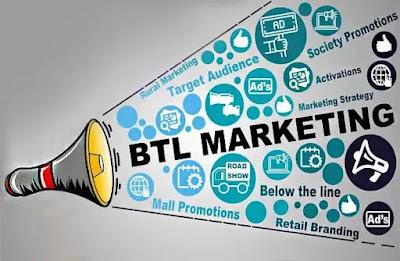Omnichannel Experience for Your Store: The Best Way!

As it advances, technology becomes increasingly a part of our daily lives. Our online and offline activities are no longer separated. Marketers, salespeople, and customer service representatives must adapt as consumer behavior changes. We'll need to pursue a single, all-encompassing strategy that gives customers access to our channels whenever they want. By combining the benefits of every communication channel, marketing teams can use omnichannel marketing to spread a brand message successfully. The likelihood that target customers will convert to leads is also increased because they can reach them at the ideal time. Omnichannel marketing maximizes the coherence of the brand's marketing messages by utilizing the perspectives and preferences of the target market. For instance, on Facebook and Instagram, you only target users with a specific interest and create collateral that speaks to them specifically. The Best Omnichannel Services Player knows that omnichannel marketing shou





